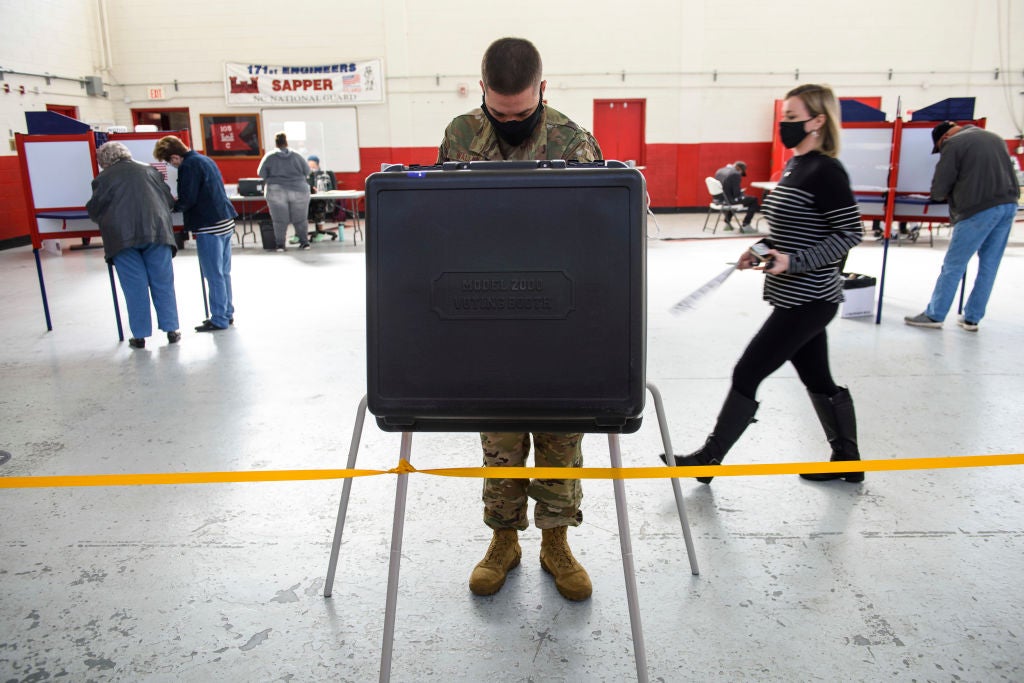India-Bangladesh Trade Relations Face Challenges Due To Import Restrictions

Table of Contents
Non-Tariff Barriers Hampering Bilateral Trade
Non-tariff barriers (NTBs) represent a significant impediment to the seamless flow of goods between India and Bangladesh. Unlike tariffs, which are direct taxes on imports, NTBs are indirect obstacles that hinder trade through regulatory measures. These trade barriers significantly impact the cost and efficiency of trade between the two nations.
- Complex customs procedures and lengthy clearance times: Bureaucratic processes and cumbersome documentation contribute to delays and increased costs for businesses. These customs delays often lead to perishable goods spoiling and increased storage fees.
- Technical barriers to trade (TBT): Differing product standards and regulations necessitate costly modifications for exporters to meet the requirements of the importing country. This adds to the overall cost of goods and can make exporting less profitable.
- Sanitary and phytosanitary (SPS) measures: Regulations concerning food safety, animal, and plant health can create significant hurdles for agricultural and food product exports, leading to delays and rejection of shipments.
- Lack of transparency in regulatory processes: Unclear or inconsistently applied regulations create uncertainty for businesses and increase the risk of non-compliance, further hindering trade.
The impact of these NTBs is substantial. Studies have shown a significant correlation between the prevalence of NTBs and reduced trade volume between India and Bangladesh. Reducing these regulatory hurdles is crucial to unlocking the full potential of bilateral trade.
Import Restrictions on Specific Products from Bangladesh
India's imposition of import restrictions on certain products from Bangladesh poses a significant challenge to its export-oriented economy. These trade restrictions, often justified by concerns about protecting domestic industries or quality issues, directly impact Bangladesh's economic growth and export diversification strategy.
- Textiles: The textile industry is a major contributor to Bangladesh's GDP, but import restrictions in India limit its access to a key market.
- Pharmaceuticals: Similar restrictions on pharmaceutical products from Bangladesh hinder the growth of this crucial sector.
- Agricultural products: Restrictions on various agricultural goods limit Bangladesh's ability to fully capitalize on its agricultural potential and export surplus produce.
These import quotas and other restrictions not only reduce Bangladesh's export earnings but also hamper its efforts towards export diversification. Addressing these restrictions is vital for balanced and sustainable growth in bilateral trade.
The Role of Infrastructure in India-Bangladesh Trade
Inadequate infrastructure on both sides of the border significantly contributes to increased trade costs and delays. This challenge directly impacts the efficiency and competitiveness of businesses engaging in India-Bangladesh trade relations.
- Inadequate port facilities: Limited port capacity and inefficient handling processes lead to congestion and increased shipping costs.
- Poor transportation networks: Lack of well-maintained roads, railways, and other transportation infrastructure increases transit times and damage to goods.
These infrastructural shortcomings create a significant bottleneck, hindering the smooth flow of goods. However, positive developments are underway. Initiatives like enhanced road connectivity projects and improved border infrastructure are crucial steps toward overcoming these challenges. Investing in better trade infrastructure and optimizing logistics is essential to facilitate the movement of goods and enhance overall trade efficiency.
Potential Solutions and Future Outlook for India-Bangladesh Trade Relations
Addressing the challenges hindering bilateral trade requires a multifaceted approach involving increased cooperation and strategic investment.
- Increased dialogue and cooperation between governments: Regular consultations and joint efforts to harmonize regulations and streamline processes are essential.
- Streamlining customs procedures and reducing bureaucratic hurdles: Implementing efficient and transparent customs procedures will significantly improve trade efficiency.
- Harmonizing technical regulations and standards: Alignment of product standards will reduce the need for costly modifications and speed up the clearance process.
- Investing in infrastructure development: Significant investments in port infrastructure, transportation networks, and border crossings are crucial for long-term trade facilitation.
- Promoting regional trade agreements: Participation in regional trade agreements can create a more favorable environment for bilateral trade.
Overcoming these obstacles will unlock substantial potential for growth. By fostering a climate of trust and cooperation, India and Bangladesh can create a truly mutually beneficial economic partnership. Strengthening these ties through collaborative efforts will lead to significant economic growth for both nations.
Conclusion: Addressing Challenges to Boost India-Bangladesh Trade Relations
The key challenges confronting India-Bangladesh trade relations include significant import restrictions, non-tariff barriers, and infrastructural limitations. These obstacles hinder the realization of the immense potential for economic growth through enhanced trade cooperation. However, by addressing these issues through collaborative efforts and strategic investments in infrastructure and regulatory reform, both nations can significantly improve bilateral trade. We urge readers to learn more about the ongoing efforts to improve India-Bangladesh trade relations and advocate for policies that reduce import restrictions and promote greater economic integration. Let's work together to strengthen India-Bangladesh trade, improving the flow of goods and services between our two nations. Share this article and leave your comments below to contribute to the discussion!

Featured Posts
-
 Johnny Mathis Retires From Live Performances At 89
May 19, 2025
Johnny Mathis Retires From Live Performances At 89
May 19, 2025 -
 This Weeks Wine Selection Il Palagio Four Seasons Firenze
May 19, 2025
This Weeks Wine Selection Il Palagio Four Seasons Firenze
May 19, 2025 -
 Eurowizja 2024 Analiza Najwiekszych Rozczarowan Polskich Preselekcji
May 19, 2025
Eurowizja 2024 Analiza Najwiekszych Rozczarowan Polskich Preselekcji
May 19, 2025 -
 Cardinal News Roundup Wednesday Afternoon Edition
May 19, 2025
Cardinal News Roundup Wednesday Afternoon Edition
May 19, 2025 -
 Michael Moralezs Quick Knockout Ufc Vegas 106 Headliner Reactions
May 19, 2025
Michael Moralezs Quick Knockout Ufc Vegas 106 Headliner Reactions
May 19, 2025
